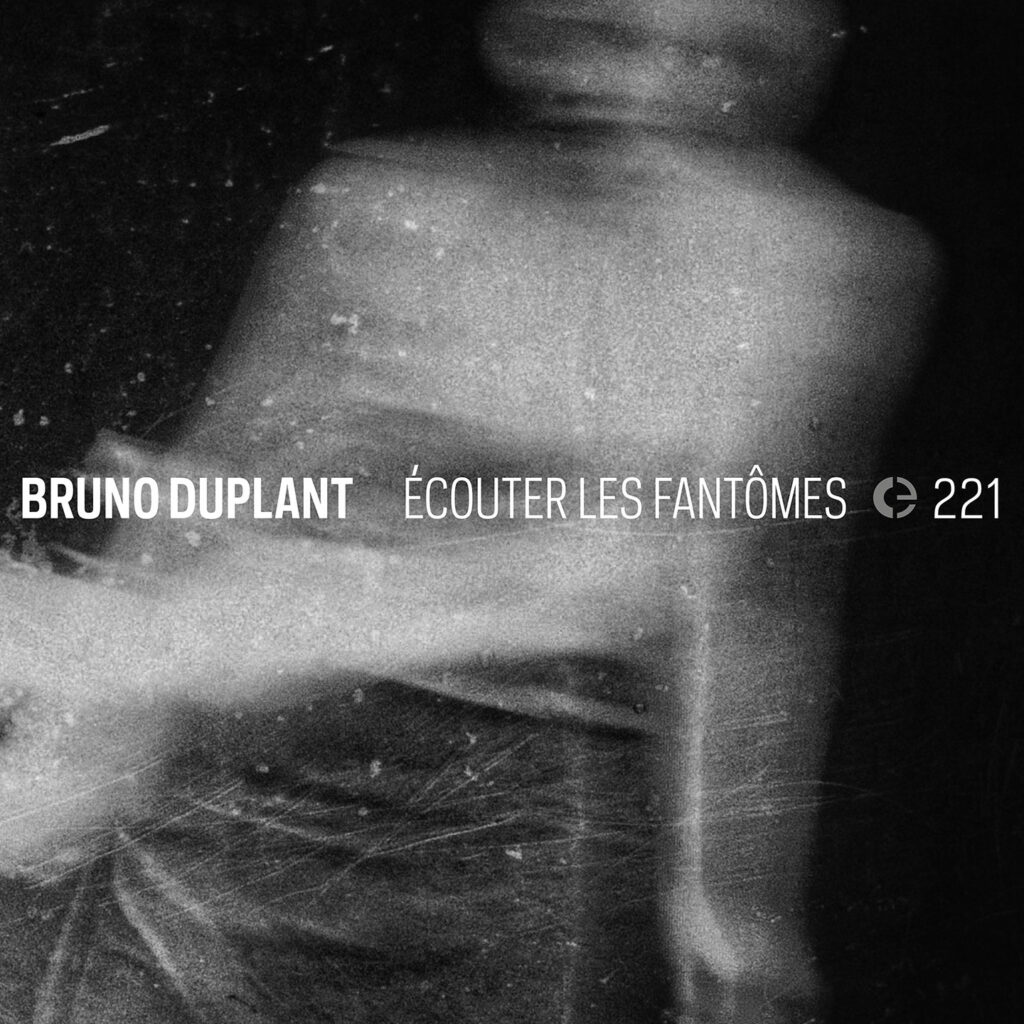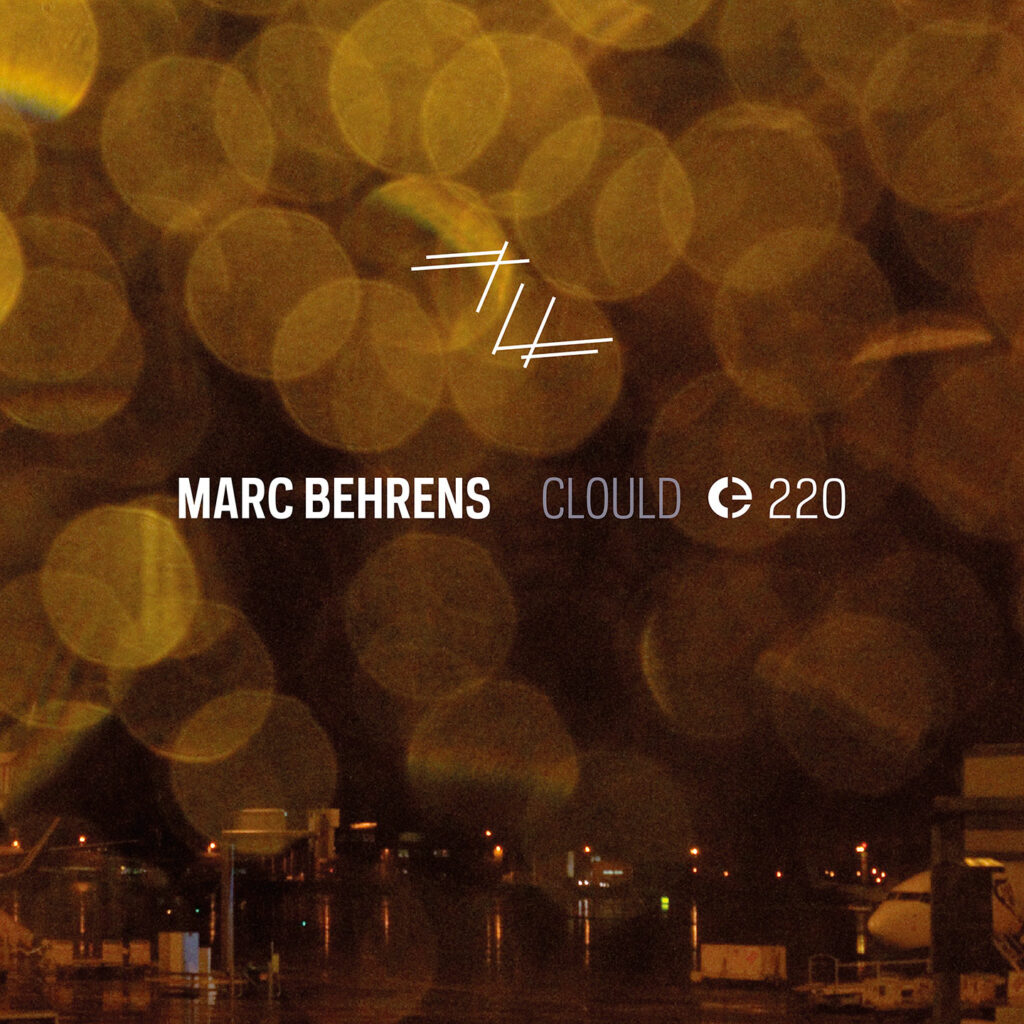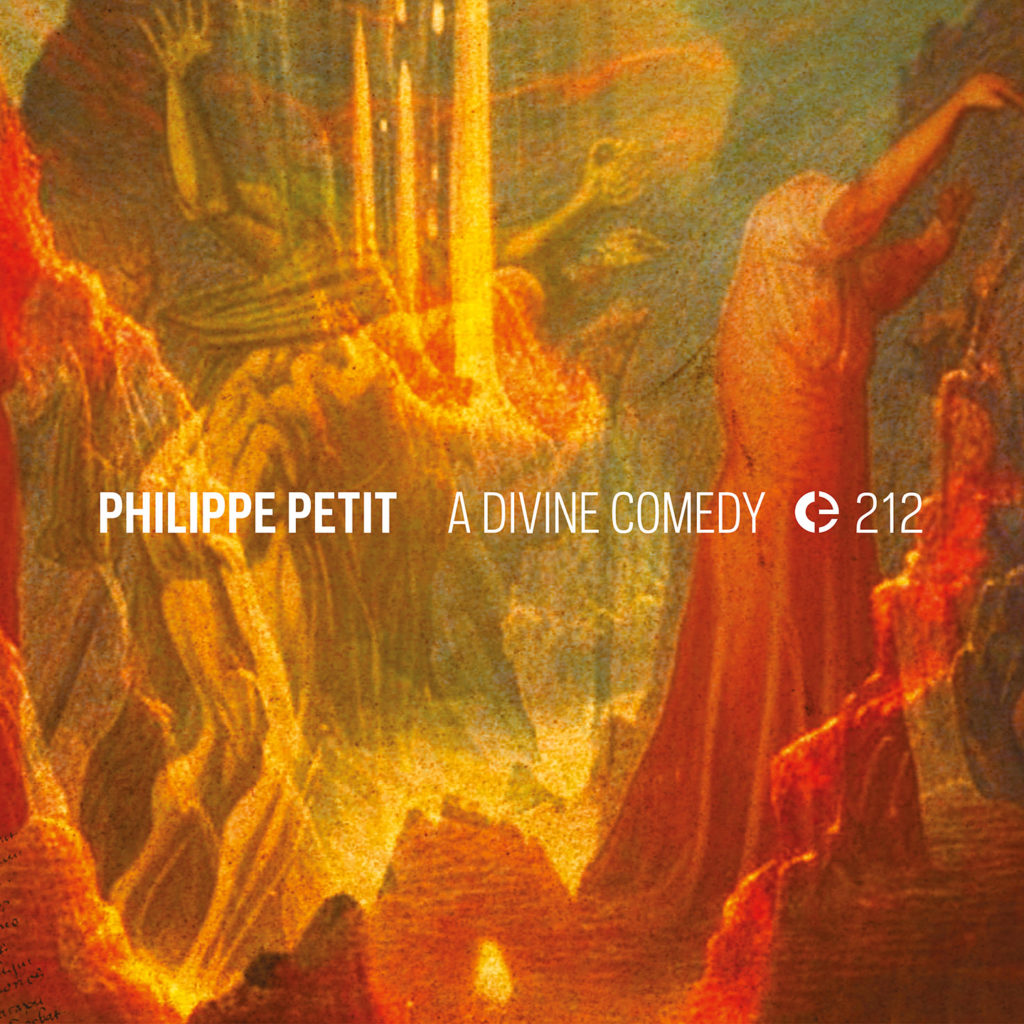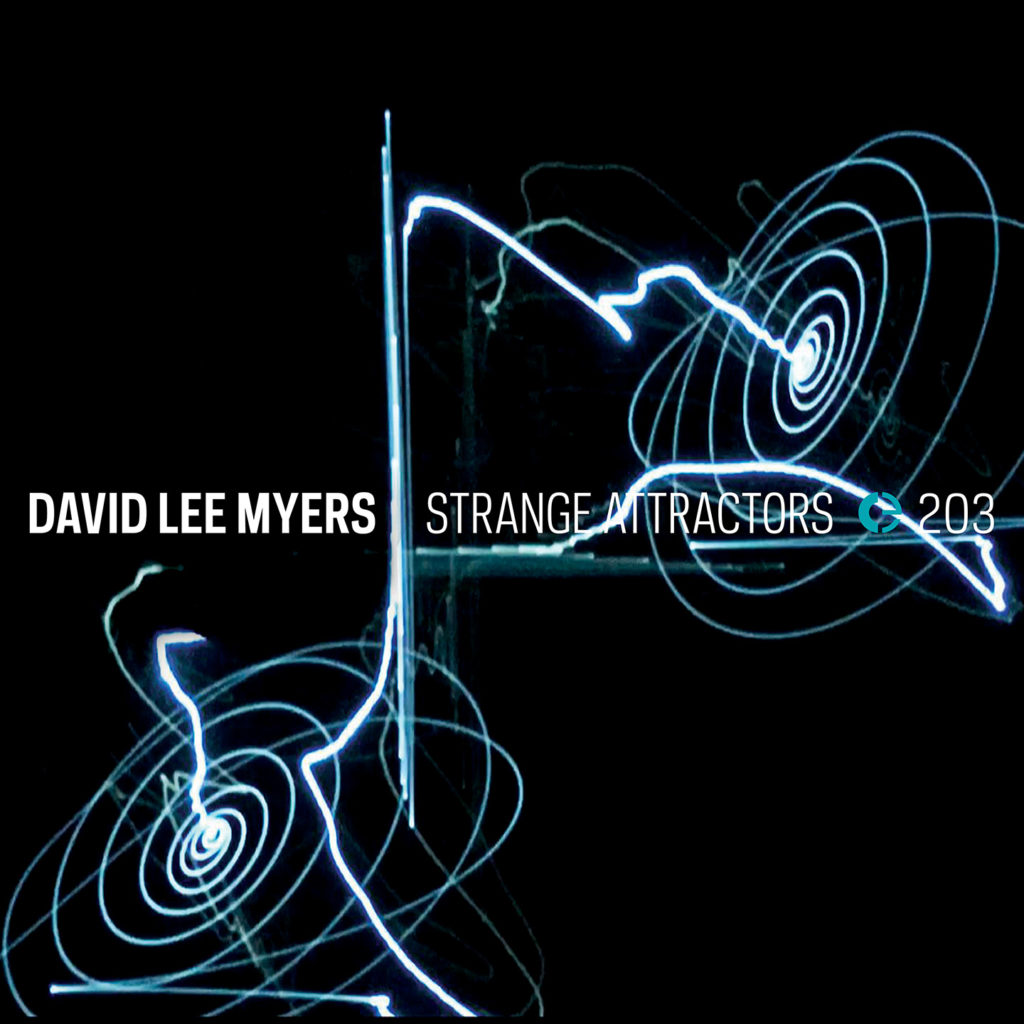
In their collaboration as @c, Pedro Tudela and Miguel Carvalhais developed several installations, often site-specific and ephemeral works. This series of releases in Crónica is dedicated to revisiting these installation works, occasionally with situ recordings, but also further exploring the computational systems developed for the works, archival materials, and other assets, presenting new compositions that unfold from each installation. This series is accompanied by the book Installations / Instalações also published by Crónica.
The sixth release in this series is CX LUX, after an open-air installation created for the summer 2017 Alumia program, organised by the city of Porto. We chose to work at the Lada lift, in Porto’s Ribeira district, a towering structure inspired by the nearby 19th-century bridges, housing an elevator that connects the riverside with the higher city. One of the oldest parts of town, traditionally a business and residential area, Ribeira is now one of Porto’s tourist centres, which puts significant pressure on its inhabitants, forced to deal with noise and gentrification.
While working on this piece, we spent time in a neighbourhood that had long been familiar to us but in which neither of us had lived. We met people, explored the meandering streets and researched the radical transformations experienced during the lifetimes of its inhabitants. What we learned led us to create a piece that, much as Ribeira, was continuously transforming, with a daytime sound installation at the upper-level passageway of the lift and a nighttime light installation at the tower’s façade. Two halves that never intersected and were only related in viewers’ memories.
The sound installation evoked the lost soundscapes of Ribeira, bringing back keynote sounds that vanished due to the relocation of businesses and demographic changes. Some of the sounds evoked by residents included the bells of many churches that are no longer active or the sounds of livestock (and their bells) from a market that has long been relocated from what now is the foot of the lift. In their many forms, bells became the central conceptual starting point for a composition created to blend with Ribeira’s soundscape.
Installations: CX LUX (2017) is now available to stream or download.








